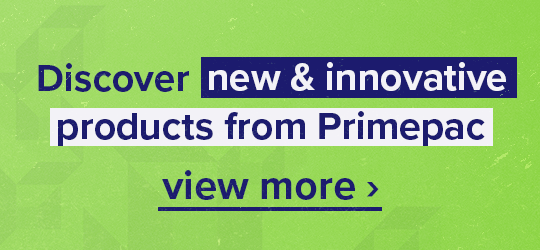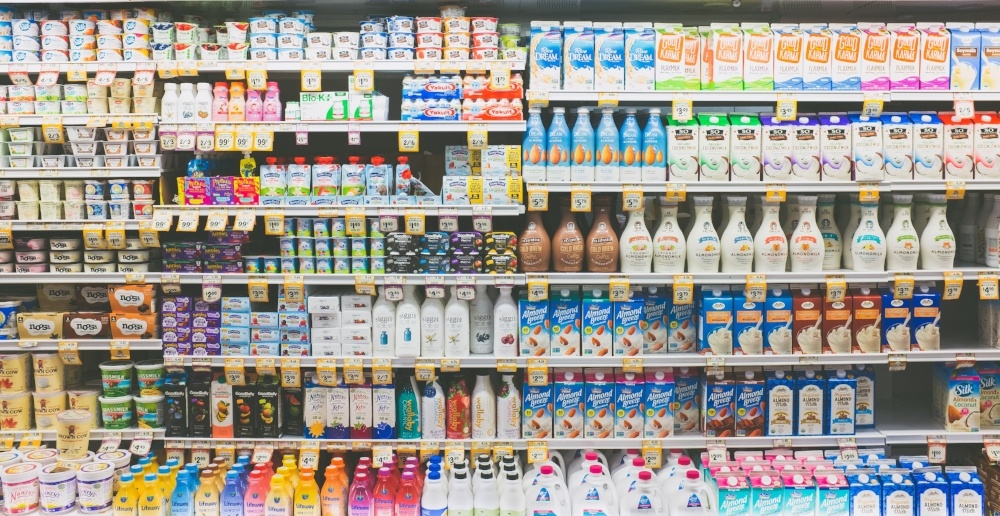
Plastic is cost-effective, comes in various forms, and is widely used by businesses of all shapes and sizes.
However, consumers and business owners often raise questions about the different types of plastics, as well as their composition, effectiveness, how to dispose of them, and what eco-friendly products can be used instead.
This article covers everything you need to know about plastic packaging, including the different types, recycling guidelines, and sustainable alternatives you can use instead.
Types of plastic
The common types of plastic in New Zealand are:
- High-density polyethylene (HDPE)
- Low-density polyethylene (LDPE)
- Linear low-density polypropylene (LLDPE)
- Polypropylene (PP)
- Polystyrene (PS)
- Polyvinyl chloride (PVC)
- Polyethylene terephthalate (PET)
High-density polyethylene (HDPE)
High-density Polyethylene (HDPE) is known for its high density-to-strength ratio which makes it versatile, and resistant to chemicals and shattering. It is also considered a safe plastic for a wide range of purposes.
While HDPE is not strictly considered a moisture barrier, it does provide some resistance to rot, mould, mildew, and UV rays. If your products are exposed to moisture or outdoor conditions, consider an HDPE film.
Common uses for HDPE
- Bottled liquids
- Implants for reconstructive surgery
- Bottle caps
- Cosmetics
- Polythene
- Applications within the chemical, water treatment and gas industries. (eg Polythene).
Recycling guidelines for HDP
HDPE is number 2 on the recycling scale. That means it is considered a safe plastic and can be recycled into various products like pens, rubbish bins, outdoor furniture, fencing, and detergent bottles.
Low-density polyethylene (LDPE)
One of the most widely used materials in packaging, LDPE is known for being flexible and lightweight. Compared to other types of polyethylene, it has lower density and higher flexibility. It is resistant to chemicals, tough, flexible, and has high clarity. It also has an excellent barrier to oxygen, water, and carbon dioxide, making it suitable for flexible food packaging.
If your packaging is bulky or heavy, the film may be over-engineered and an LDPE-based film will be a better alternative. However, the challenge with LDPE is that it is prone to punctures and may not be as durable as other variants.
Common uses for LDPE
- Stretch film for food
- Stretch film for packaging
- Bubble wrap
- Ziplock bags
- Grocery bags
- Shrink wrap
- Squeeze bottles
- Playground equipment
Recycling guidelines for LDPE
LDPE is classified as 4 on the recycling scale and is considered a safe plastic. LDPE products are generally recycled into items like panelling, bin liners, shopping bags, floor tiles, and doculopes.
Linear low-density polyethylene (LLDPE)
Linear Low-Density Polyethylene (LLDPE) is a flexible plastic sheeting film made of a blended form of LDPE. Its linear molecular structure gives it enhanced tensile strength and puncture resistance while retaining its flexibility.
If you are finding your packaging has a tendency to tear or there is poor load stability, an LLDPE blend wrap will be more suitable.
Common uses for LLDPE
- Pallet wrap
- Stretch film for packaging
- Heavy-duty bin liners
- Bin liners
- Agricultural films
- Geomembranes
Recycling guidelines for LLDPE
LLDPE is classified as 4 on the recycling scale and is considered a safe plastic.
Polypropylene (PP)
Polypropylene (PP) is a flexible and strong plastic that can be moulded to suit a wide range of functions. Its resistance to chemicals and high melting point also makes it ideal for holding heated contents.
Common uses for PP
- Takeaway containers
- Medicine bottles
- Medical or laboratory instruments
- Plastic cutlery
- PP strapping
Recycling guidelines for PP
PP is under number 5 on the recycling scale and can be remade into things like brooms, auto battery cases, bins, pallets, signal lights, and bicycle racks.
Scientists have also developed a type of polypropylene that repels oils. This can be used to create things like shampoo bottles so that all the contents can be easily removed to simplify recycling.
Polystyrene (PS)
Commonly known as styrofoam, polystyrene can be produced in rigid or foam forms. When it is in foam form, it is low-density, has a low melting point, and doesn't conduct much heat. This means it insulates hot or cold items during transportation.
Common uses for PS
- CD cases
- Meat trays
- Disposable plates, cups and food containers
- Disposable razors
- Protective packaging
Recycling guidelines for PS
Polystyrene has a notorious reputation for being hard to recycle. However, it falls under number 6 on the recycling scale and can be recycled into vents, foam packing, insulation and flower pots.
Polyvinyl chloride (PVC)
PVC has good chemical resistance, weatherability, flow characteristics, and stable electrical properties. These qualities make it perfect for medical packaging and electrical applications.
Common uses for PVC
- Flexible packaging
- Medical packaging
- Blister packs
- Water pipes
- Bank cards
Recycling guidelines for PVC
PVC is number 3 in the recycling scheme and can be reused for piping, kayaks, packaging, traffic cones, post boxes and speed bumps. It doesn't have a great rap in terms of sustainability or safety because it can be toxic when burned. For this reason, it is not recommended to reheat food in PVC packaging.
Polyethylene Terephthalate (PETE or PET)
PET has an excellent moisture barrier and an effective barrier to the external environment, allowing a longer shelf life for products. Being clear makes it great for food packaging, allowing consumers to see the product without breaching the seal. It also resists breakage and doesn't taint the food’s flavour.
Common uses for PET
- Fibres in clothing
- Plastic bottles
- Food jars
- 3D printable thermoplastic (PETG)
- PET strapping
Recycling guidelines for PET
PET is number 1 on the recycling scale and can be recycled into things like new containers, strapping, rope, carpet fibres, clothing, and cushion or jacket filling.
Sustainable packaging alternatives
In 2022, it was estimated that New Zealanders generate over 17 million tonnes of waste annually. Of that, only 28% is recycled. To overcome this and take action on the sheer volume of plastic waste in our environment, many consumers and businesses are switching to sustainable alternatives.
Alternatives to single-use plastics
From the 1st of July 2023, several single-use plastic products are being phased out. Fortunately, there are alternatives to these items that are made with sustainable materials instead. For example:
- Paper towels
- Paper cups
- Wooden stirrers
- Biocane plates and bowls
- Disposable cutlery
- Compostable produce bags
- Reusable tote bags
Paper packaging
Certain products can be made of paper instead of plastic. The benefits of paper packaging include that it is reusable, made from renewable resources, safe for wildlife, biodegradable, and fully recyclable. Examples of paper products include:
- Paper bags
- Paper tapes
- Cardboard cartons
- Corrugated cardboard
- Paper packaging for food
Are you ready to switch from plastic to a more responsible packaging product? Our team is here to help. You can start by reading our recent report all about the New Zealand packaging industry in 2022 and 2023 to learn all about consumer behaviour and the latest in packaging innovations.
Or browse the wide variety of products in our sustainable catalogue where you’ll find everything you need from paper strapping and paper protectives to recyclable cellophane and compostable bin liners.



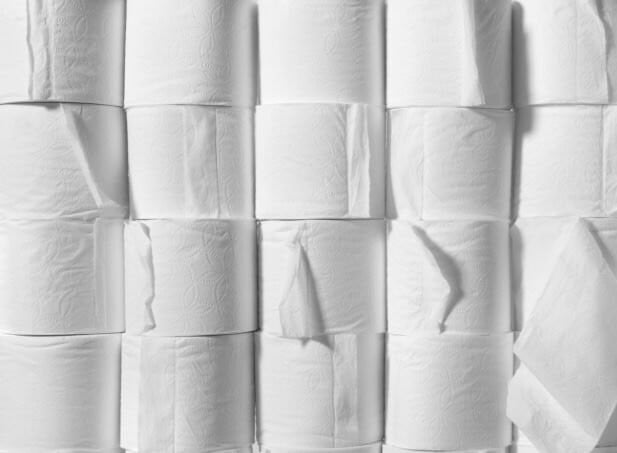
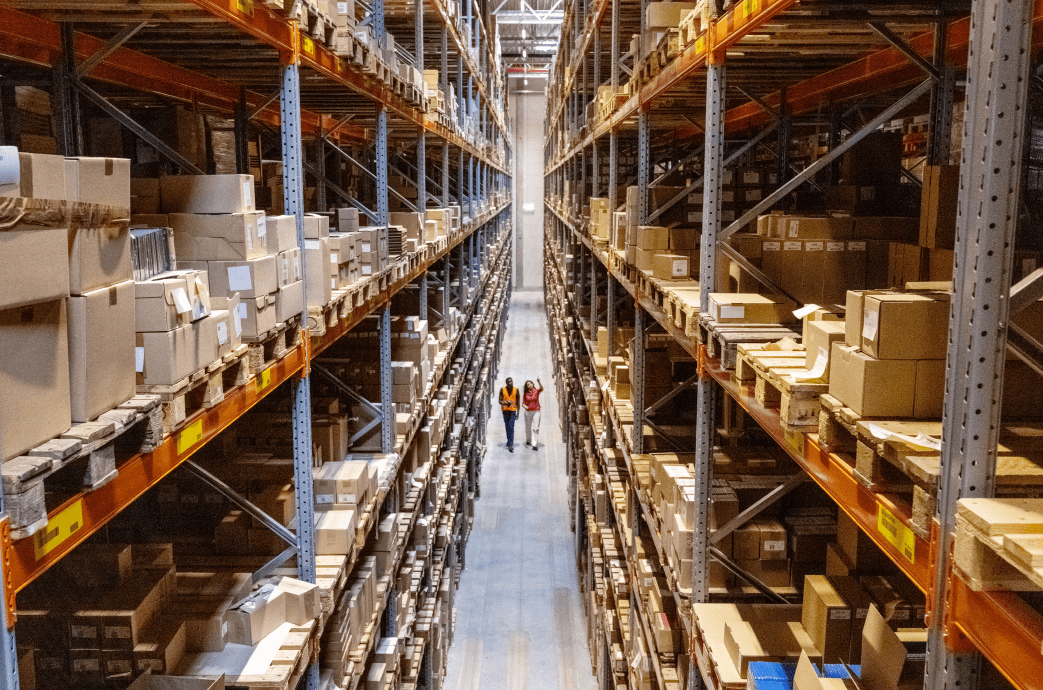
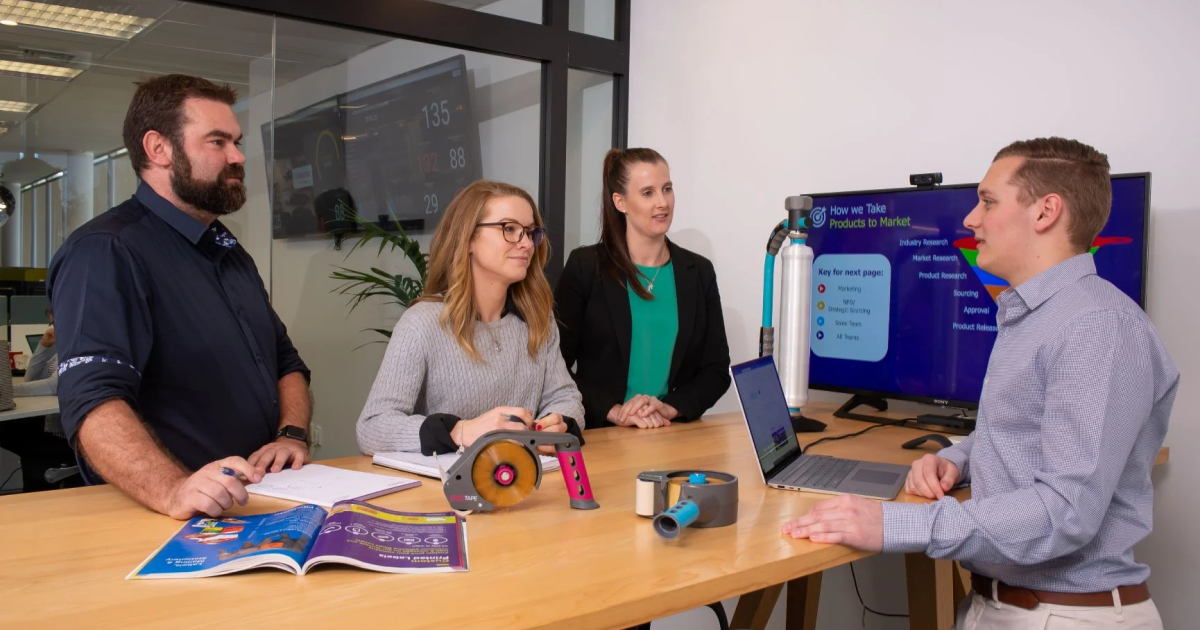
.png)
